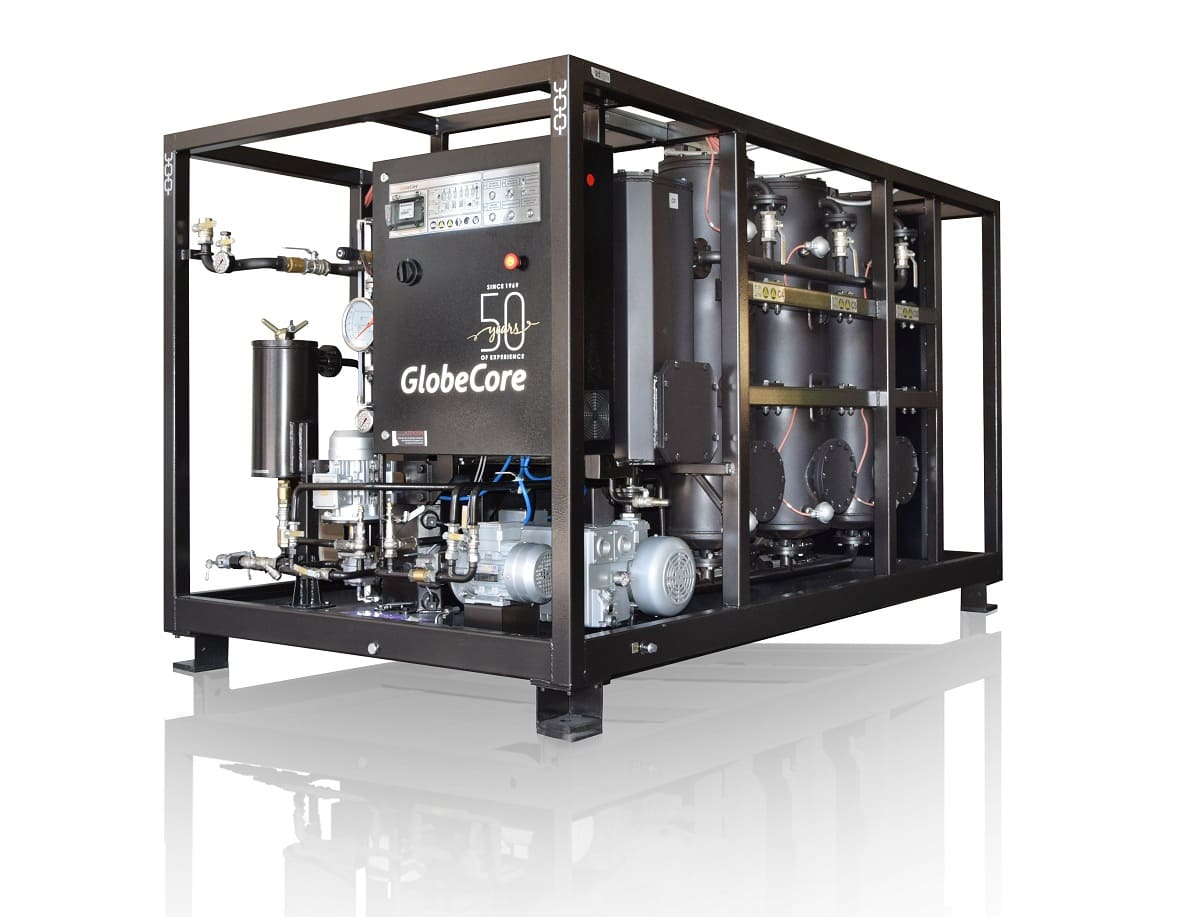What is the difference between cast resin and oil type transformers?
- This topic has 1 reply, 2 voices, and was last updated 1 year, 3 months ago by .
Answers
-
August 26, 2024 at 12:45 pm by Megan Young
The main difference between cast resin and oil type transformers lies in their insulation and cooling methods:
Cast Resin Transformers: These transformers use solid epoxy resin to insulate the windings. The resin provides protection against moisture, dust, and environmental contaminants, making these transformers suitable for indoor or environmentally sensitive applications. They are typically air-cooled and offer high fire resistance, requiring less maintenance than oil-filled transformers. However, they may have lower cooling efficiency and are generally used in lower voltage applications.
Oil Type Transformers: These transformers use insulating oil to cool and insulate the internal components. The oil circulates within the transformer, dissipating heat and providing excellent electrical insulation. Oil type transformers are widely used in high-voltage and high-power applications due to their effective cooling properties. They require regular maintenance to monitor the oil quality and prevent leaks, and they carry a potential fire risk due to the oil.



